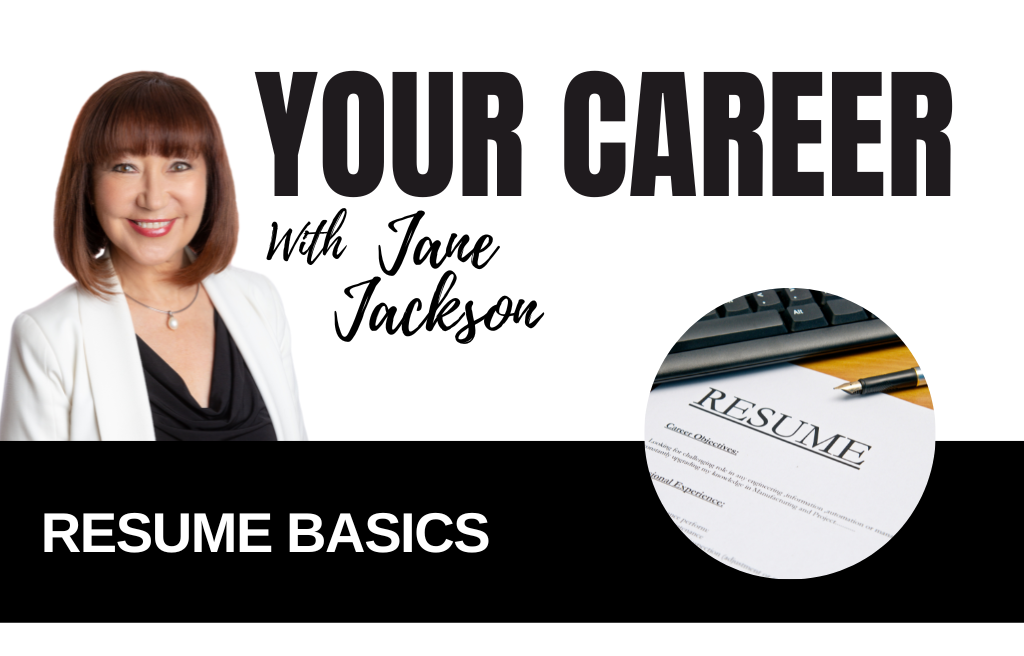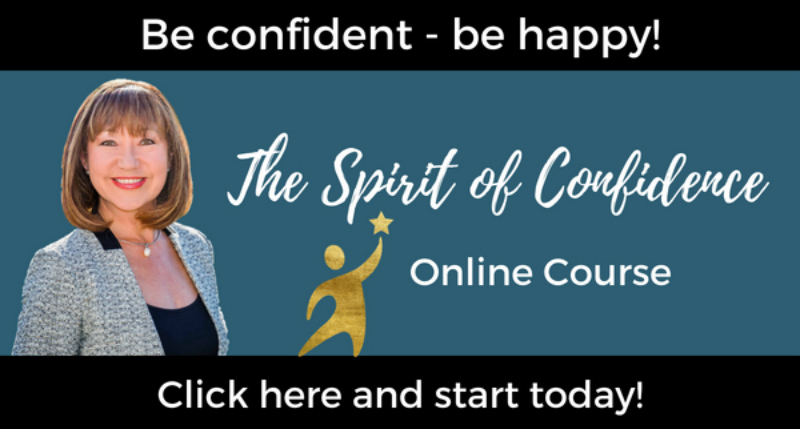Whether you are working with recruiters, making applications for advertised roles online, making a direct approach to companies you are targeting or networking, you need a resume.
You may need a soft copy of your resume for emailed applications, a copy to attach to an internet application through a job search portal, a hard copy to produce when chatting over a coffee during a networking meeting, or the content of your resume readily available to include in your LinkedIn profile so your online presence is working for you.
What to consider when crafting your resume
Is yours up to date? Does it contain what is required to capture the attention of your desired audience? Is it easy to read, concise and impactful?
Is it just a list of responsibilities or have you included relevant accomplishments to demonstrate the tangible value you have added to your position?
Have you included information that might create a bias (information such as your birth date, marital status, number of children, religion or state of health)? You might be amazed to know that I still see original resumes from clients that include information that does nothing to highlight their suitability for a specific role but may even hinder their chances of being selected for a screening interview.
Here are a few suggestions to point you in the right direction:
Choose a fuss-free layout, ensure you name and contact details (mobile phone and email address are requirements) are at the top and also a link to your LinkedIn profile. Include a career summary or professional profile that highlights your relevant experience, core competencies and technical skills. This should capture the attention of the reader instantly and place you in the ‘yes’ or ‘maybe’ rather than the ‘no’ pile for your target role.
What else do you need in your resume?
Professional experience, company names, job titles, dates that you held each role, scope of your roles and the all important bullet points with your accomplishments documented as impactful as possible.
Academic qualifications, professional development courses, professional memberships and affiliations all have their own section in the resume too.
You don’t need to include referee details unless asked.
How long should the resumé be?
Please keep it to 2-3 pages if possible. No-one wants to read a long rambling dissertation on your entire work/life history. A resume needs to be a synopsis of your career highlights that are RELEVANT to the reader.
Make sure it’s easy to read – there is no point in squeezing a lengthy tome on to two pages in 8 point font with very narrow margins! No-one will want to read it – especially those people, like me, who have to get out their reading glasses for anything smaller than 10 point font. 10-12 point font is user friendly.
Ensure decent margin widths and enough white space, which will make the resume more attractive to read.
Remember that screeners look for good reasons NOT to read a resume, especially if there are hundreds of applicants.
Of course you will have to tailor your resume to suit each and every application you make, highlighting what is most relevant to the potential employer.
REMEMBER: Proof read, proof read, proof read!!! Get someone else to proof read it too – sometimes you can work so hard on your resume that you don’t even notice the little mistakes anymore.
The resume is important, as a foot in the door on your way to your dream job – and so is your LinkedIn online presence – after that you need to project your professional image, brush up on your interview technique and negotiation skills.
I discuss LinkedIn, job interviews, negotiation and much more in my other podcasts so do have a look for the episodes that are relevant to you right now.
Let me know other topics you’d like me to cover by sending me a message on Facebook at www.facebook.com/janecareercoach
If you need help with your resume, visit www.janejacksoncoach.com and book in for a complimentary exploratory chat.




